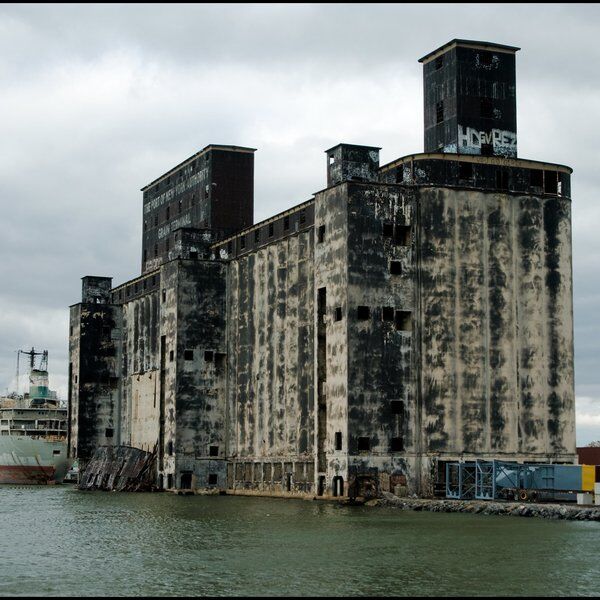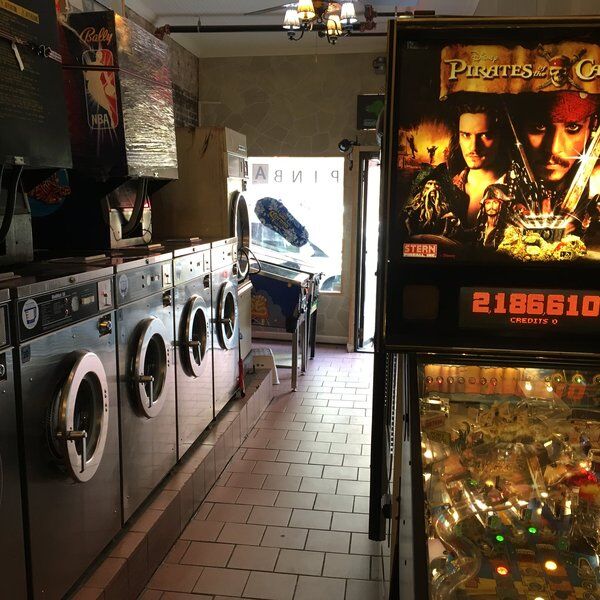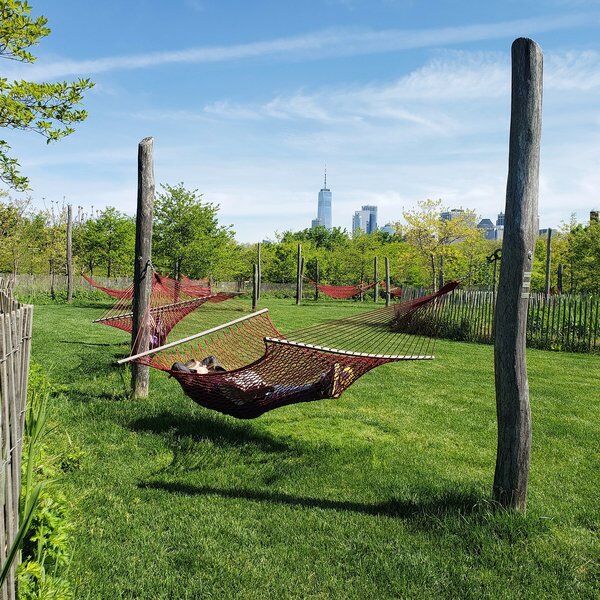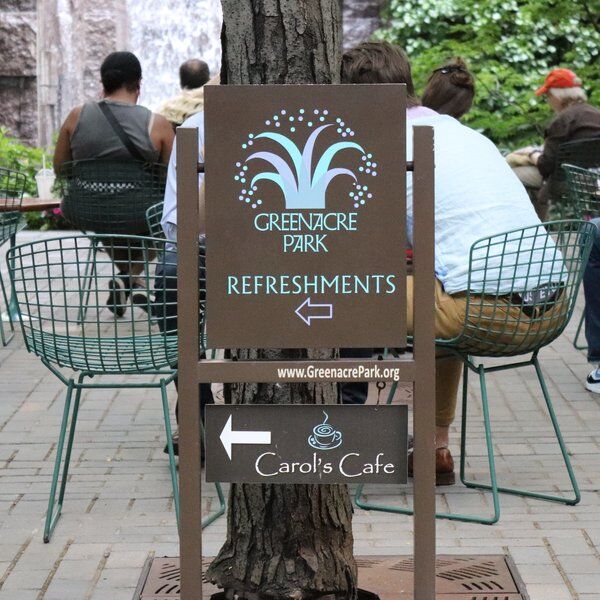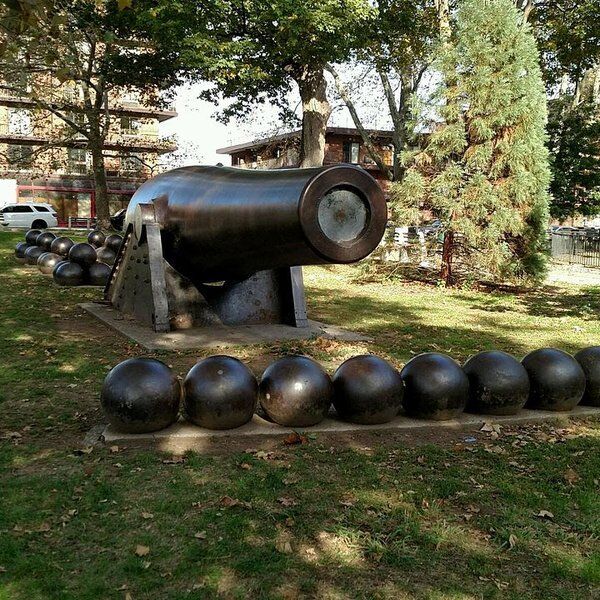
The Red Cube Sculpture
A cube only by name, the sculpture is a distorted 24 foot structure, painted bright red in contrast with the dark glass all around it. One corner is set into the pavestones of the otherwise understated Harry B Helmsley Plaza, across Broadway from the eastern end of Zuccotti Park. The other rises high into the sky, drawing the gaze up towards the tops of the surrounding skyscrapers. A circular hole through the sculpture's middle reveals its bland grey insides. There is nothing nearby to explain its purpose or presence.
Where Did The Red Cube Sculpture Come From?
The sculpture's design was submitted to the NYC Public Works of Art Program in 1968 by American artist and landscaper Isamu Noguchi. It was accepted and installed that same year.
According to Noguchi it 'signifies chance, like a rolling dice' and 'the man-made pile of carbon blocks by which he [man] had learned to stimulate nature's processes.' The most fascinating thing about the sculpture however is Noguchi himself.
Who Was Isamu Noguchi?
Isamu was born in 1904 the son of acclaimed Japanese poet Yone Noguchi and American writer and editor Leonie Gilmour. Yone left Leonie several months before Isamu's birth to return to Japan. However, when his marriage to another woman fell through, he invited the pair of them to join him in Tokyo. Leonie at first refused but soon changed her mind, in part due to the growing anti-Japanese sentiment in the US, which was being fuelled by the Russo-Japanese war.
By the time she arrived in Tokyo with her young child, Yone had already married another woman. As a result, Isamu grew up with a mostly absent father. His mother on the other hand was not only present but also a fervent believer in his artistic potential.
The Long Road to the Red Cube Sculpture
When Isamu was just 8 years old, she entrusted him with overseeing the building of their family home in Chigasaki. Following this, she put him in charge of the garden and found him an apprenticeship with a local carpenter. All this in service of nurturing her son's gift.
The summer he finished high school he was sent to the US to work for Gutzon Borglum, the creator of the Mount Rushmore National Monument. This did not go to plan however. The summer ended withBorglum telling young Isamu he would never make it as a sculptor.
Dispirited, Isamu enrolled in premedical school at Columbia University, but was soon encouraged by his mother and his friends not to give up on his art. He started taking night classes at the Leonardo da Vinci Art school and just three months later put on his first exhibition. He then dropped out of university to pursue art full-time.
To begin with, he made ends meet by making portrait busts, but in 1926 he received a Guggenheim Fellowship. This allowed him to focus on perfecting his discipline. He spent the next few years working alongside masters in Paris, India, Japan and NYC before finally being awarded his first public arts project in Mexico City. Here, Isamu had a brief and passionate affair with Frida Kahlo. Subsequently, the two became lifelong friends.
Isamu's star was on the rise, but things were not all plain-sailing from there. When Pearl Harbour and WW2 reignited anti-Japanese sentiment in the US, he found himself scrambling to prove his loyalty to the country of his birth. So much so that he ended up serving time as the only voluntary prisoner in an Arizona internment camp.
After the war he found a good deal of success as a designer and landscaper, and even created the Noguchi table, a product that is still manufactured today. Public arts projects were harder to come by however, especially in NYC. It was not until the later years of his career that the red cube sculpture saw him at last find success in this department.
Visiting the Red Cube Sculpture
The sculpture can be found on the Harry B Helmsley Plaza on the corner of Broadway and Liberty St in the Financial District. It is just down Broadway from Fulton St Station, or up Broadway from Wall St Station. Simply walk for a few minutes from either of these in the stated direction and you'll soon see it clear as day, dominating the small plaza.
Also nearby is another of Noguchi's designs, the Sunken Garden, well worth checking out for comparison. You can find it just around the corner in front of Chase Manhattan Bank on Liberty St/Nassau St.
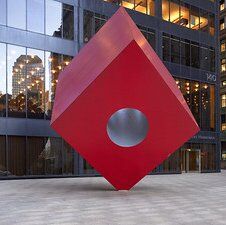
Interested in finding more places like this? Why not try one of our Scavenger Hunts in NYC - work as a team to overcome cryptic riddles and allow yourselves to be swept off the beaten track on a journey to discover all the quirky bars and unusual sites NYC has to offer.


